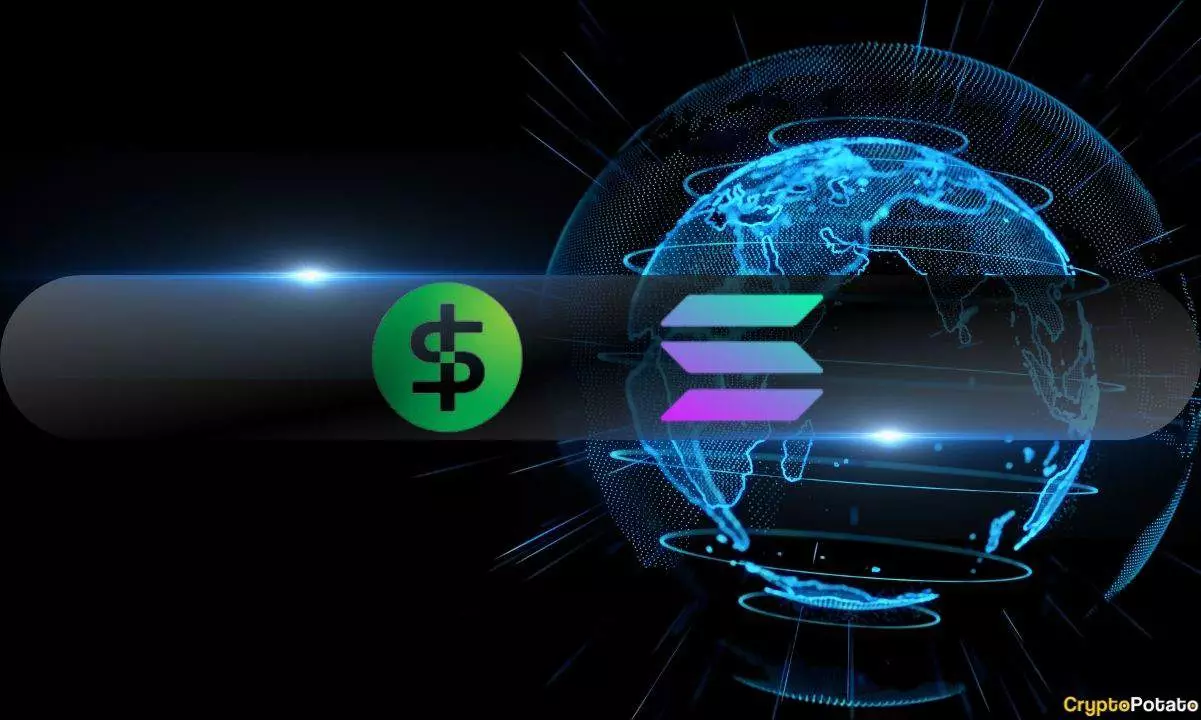Paxos, the New York-based stablecoin issuer, has made waves in the cryptocurrency industry with its announcement of the strategic expansion of its stablecoin issuance to the Solana blockchain platform. This move marks a significant milestone for Paxos as it aims to compete with rivals such as Circle and Tether in the highly competitive stablecoin landscape. With approval from the New York Department of Financial Services (DFS), Paxos plans to make its stablecoin, USDP, available to the public on Solana starting January 17, 2024.
A Step Towards Ubiquity
By integrating USDP with Solana, Paxos aims to make stablecoins more accessible and user-friendly for everyday consumers. The expansion of its stablecoin platform to support Solana reflects Paxos’ commitment to setting the standard for oversight, reserve management, and issuance in the stablecoin market. Walter Hessert, Paxos’ Head of Strategy, emphasized the importance of this expansion by stating, “We’re making it easier for anyone to get and use the safest, most reliable stablecoins.”
Paving the Way for Innovation
Paxos has a history of pioneering initiatives in the cryptocurrency industry. In 2015, the company became the first crypto firm to secure a trust charter under the newly implemented digital asset regulatory framework by the DFS. This achievement paved the way for Paxos’ issuance of its first stablecoin, originally named “Paxos Standard” and later rebranded as USDP in 2021. Prior to the expansion to Solana, Paxos could only issue USDP on the Ethereum blockchain due to regulatory restrictions imposed by the DFS.
Over the years, Paxos has forged partnerships with major financial players, solidifying its position in the stablecoin market. In June, the company collaborated with the online marketplace Mercado Libre to introduce the Pax Dollar (USDP) stablecoin to users in Mexico. This partnership facilitated transactions through MercadoPago, a digital wallet app developed by Mercado Libre. Additionally, Paxos teamed up with multinational fintech giant PayPal in August to launch a US dollar-denominated stablecoin called PayPal USD (PYUSD).
Regulatory Challenges
Paxos encountered regulatory scrutiny earlier this year when the DFS initiated an investigation. While the specific details of the investigation were initially undisclosed, it was widely speculated that it was related to Paxos’ involvement with the stablecoin BUSD, created in partnership with the crypto exchange Binance. As a result of the investigation, the regulator directed Paxos to cease the issuance of the BUSD token. This development dealt a significant blow to Paxos as the partnership with Binance accounted for over 95% of the company’s revenue.
In the midst of the regulatory turbulence, Paxos also faced setbacks in its collaboration with EDX Markets, a relatively new crypto exchange. The collaboration was set to establish Paxos as the custodian for EDX Markets’ cryptocurrency holdings. However, EDX Markets terminated the collaboration, adding to Paxos’ challenges during this period.
Despite the regulatory challenges and setbacks, Paxos remains determined to revolutionize the stablecoin landscape. The expansion of its stablecoin issuance to the Solana blockchain platform demonstrates Paxos’ commitment to innovation and accessibility in the world of cryptocurrencies. As Paxos continues to navigate the evolving regulatory landscape, it will be interesting to see how the company shapes the future of stablecoins and their integration into everyday consumer transactions.

